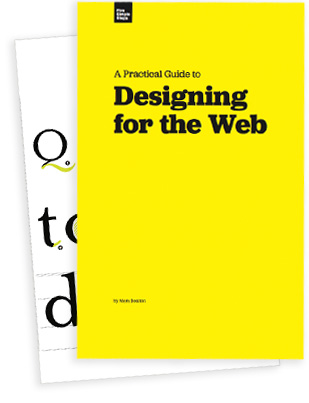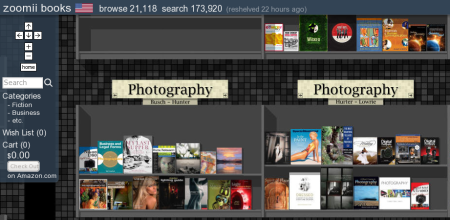Disclaimer: before you read any further, I want to you know that’s it nothing more than an obvious bug in a very large and complex system called Amazon. A friend just pointed it out to me while it was happening. And not just somewhere, but in my own Amazon Wishlist!
Amazon is one of the largest online shops, if not the largest. And while they do sell a large variety of products, they started as and they will always be a book shop. Back when they started, digital books, even though existed, were more of a distant future dream. These days they are a reality. But given that printed and digital books co-exist in the same world, how do they affect each other? One way to look at that would be to compare prices for the same books in printed versus digital formats. Here is an example: A Practical Guide to Designing for the Web | Five Simple Steps.
You can buy this book in several digital formats for as low as 12 British Pounds (GBP). How much money would you have to part with if you insisted on the version with nostalgic smell of printed pages and no search functionality? According to the Amazon itself, you’d have to pay up 815.74 GBP!
With prices like that, I think we can safely assume that the era of printed media is over. All hail digital!


